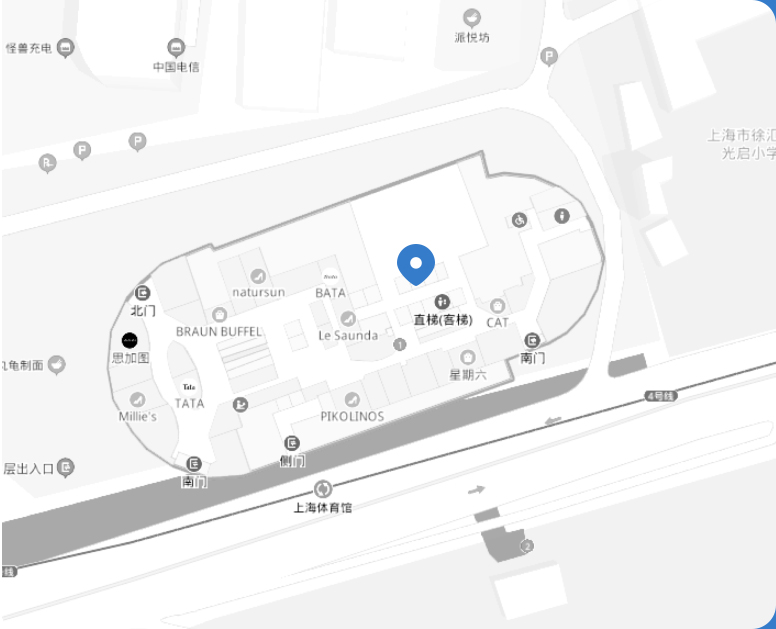托福阅读易错题解析 | 细节题 |
| 时间:2025-06-12 21:44:01 作者:网络 来源:网络 |
在托福阅读的备考旅程中,细节题宛如一个个隐藏在文字丛林里的 “小怪兽”,常常让考生们在不经意间 “中招”。这些题目看似只需从文中找出对应的信息即可,但实际上,它们往往布满了各种陷阱,稍不留意,就可能与正确答案失之交臂。今天,深入剖析托福阅读细节题中的那些易错点,帮大家练就一双 “火眼金睛”,轻松识破这些陷阱。
细节题的类型与特点托福阅读细节题主要分为两种类型:事实题和非事实题(通常以 “EXCEPT” 或 “NOT” 题型出现)。事实题要求考生从文章中找出与题干描述相符的信息,考查对具体事实和细节的精准理解;非事实题则需要考生判断四个选项中哪一个与原文内容不相符,或者未在原文中提及,这类题目的干扰项往往具有很强的迷惑性。
细节题在托福阅读中占据着相当大的比重,对考生理解文章的深度和广度有着较高要求。其特点在于,答案一定能在原文中找到明确依据,不涉及推理或引申内容,但出题者会通过各种巧妙手段对原文信息进行改写、变形,以此来考验考生对信息的敏感度和辨别能力。
易错题实例剖析
实例一:事实题题目:(选自托福阅读机经真题汇编)Some anthropologists have differentiated between two types of movement patterns: transhumance and nomadism. With transhumance, some of the men in a pastoral society move their livestock seasonally to different pastures, while the women, children and other men remain in permanent settlements. With nomadism, on the other hand, there are no permanent villages, and the whole social unit of men, women, and children moves the livestock to new pastures. But as the anthropologists Rada and Neville Dyson-Hudson have pointed out, the enormous variation even within societies renders such a distinction somewhat ineffective. For example, following seven Karamojong herds over a two-year period, the Dyson-Hudsons found that "each herd owner moved in a totally different orbit, with one remaining sedentary for a full year and one grazing his herd over 500 square miles."
According to paragraph 2, which of the following best describes the distinction between transhumance and nomadism?
A. Transhumance involves the movement of only some livestock at a time, while nomadism involves the movement of entire herds.
B. Transhumance involves the movement of only some members of a social unit, while nomadism involves the movement of entire social units.
C. Transhumance involves the participation of an entire social group in food production while nomadism involves the male members in food production.
D. Transhumance involves movement of livestock based on seasonal conditions, while nomadism involves movement based on housing needs of the social group.
思路解析:
这是一道典型的细节事实题,解题关键在于准确理解原文中对 transhumance 和 nomadism 这两种移动模式的描述,并将其与各个选项进行细致比对。
- 定位原文:题目明确要求根据第二段内容作答,我们迅速定位到原文中关于 transhumance 和 nomadism 的描述。第二句详细阐述了 transhumance 的特点,即 “With transhumance, some of the men in a pastoral society move their livestock seasonally to different pastures, while the women, children and other men remain in permanent settlements.”,表明在这种模式下,只有部分男性会带着牲畜季节性地前往不同牧场,而女性、儿童和其他男性则留在永久定居点;第三句介绍 nomadism 时提到 “With nomadism, on the other hand, there are no permanent villages, and the whole social unit of men, women, and children moves the livestock to new pastures.”,说明在 nomadism 模式下,整个社会单元,包括男人、女人和孩子,都会带着牲畜迁移到新牧场,没有永久村庄。
- 分析选项:
- A 选项:该选项描述的是牲畜移动情况,而原文对比的核心是社会成员的移动情况,属于偷换对比对象,所以 A 选项错误。例如,原文强调的是人的移动差异,而非牲畜是部分移动还是整体移动,A 选项与原文不符。
- B 选项:准确概括了原文中两种移动模式的区别,即 transhumance 是社会单元中的部分成员移动,而 nomadism 是整个社会单元都移动,与我们定位到的原文内容一致,所以 B 选项正确。
- C 选项:原文中并没有提及关于食物生产参与人员的相关内容,C 选项属于无中生有,因此错误。
- D 选项:原文中并未将移动原因归结为季节性条件和住房需求,D 选项在原文找不到依据,也是错误的。
实例二:非事实题题目:(2024 年 6 月 16 日真题)for much of the period between the sixth century B.C.E. and the tenth century C.E, the Central Asian city-states of the Sogdian people, an Iranian-speaking group, were a vital part of the trade routes known as the Silk Road, which carried silk, spices, and other items between China, India, the Middle East, and Europe. Central Asia is largely arid (dry), but the Sogdians created thriving cities like Bukhara and Afrasiab by building dams and channels that carried river water many miles to cities and agricultural lands in the region then known as Sogdiana. Gigantic walls, built to protect the cities from nomadic (wandering) raiders and from the encroachment of desert sands, contributed to the growth of cities. The wall around Bukhara, probably built in the fifth century C.E. extended for over 150 miles.
According to paragraph 1, the Sogdians took steps to deal with all of the following EXCEPT:
A. the advance of desert sands into their homeland
B. a lack of water due to the arid conditions of Central Asia
C. competition from traders outside the Silk Road route
D. possible invasion of their cities by outside attackers
思路解析:
这是非事实细节题,解题时需要逐一判断每个选项在原文中是否有对应的措施描述。
- 解读题目:题目要求找出 Sogdians 没有采取措施应对的情况。
- 解读选项:
- A 选项:对应 “沙漠侵蚀家园”。
- B 选项:对应 “干旱缺水”。
- C 选项:关键在于 “丝绸之路之外的竞争”,其中 “之外” 这个信息很重要。
- D 选项:对应 “外族入侵城市”。
- 回原文定位:
- 第一句介绍了 Sogdian 人所在地区是丝绸之路关键部分,属于背景信息,与解题无关。
- 第二句提到 “Central Asia is largely arid (dry), but the Sogdians created thriving cities like Bukhara and Afrasiab by building dams and channels that carried river water many miles to cities and agricultural lands...”,表明 Sogdians 通过建造大坝和水渠应对中亚干旱缺水问题,证明了 B 选项的正确性,可排除 B。
- 第三句 “Gigantic walls, built to protect the cities from nomadic (wandering) raiders and from the encroachment of desert sands, contributed to the growth of cities.” 说明建造城墙一是为了保护城市免受游牧袭击者侵犯,二是防止沙漠侵蚀,证明了 A 和 D 选项的正确性,也可排除 A 和 D。
- 而整个段落都没有提及关于应对丝绸之路之外贸易商竞争的内容,所以 C 选项符合题目要求。
易错点总结及应对策略
易错点总结
- 信息遗漏:在阅读原文和选项时,没有全面获取关键信息,只读半句或部分内容就匆忙下结论,导致错过重要依据。例如在分析选项 A 时,没有完整读完关于城墙作用的句子,忽略了对沙漠侵蚀的描述。
- 主观臆断:仅凭自己的主观想法或常识来判断选项,没有严格依据原文内容。像有些学生认为人们无法阻止沙漠入侵,就主观判定 A 选项错误,而没有认真查找原文依据。
- 偷换概念:出题者常常巧妙地对原文中的关键信息进行偷换,如偷换主语、宾语、比较对象或方面等。比如实例一中 A 选项,将原文中关于社会成员移动的对比偷换成牲畜移动的对比。
- 答非所问:没有仔细审题,没有弄清楚题目真正的问题所在,就盲目选择与原文表述相似但不符合题目要求的选项。
应对策略
- 培养严谨阅读习惯:无论是读原文还是选项,都要确保信息获取完整,不要只读一半。哪怕当下觉得读半句获取的信息够用,也要坚持读完整个句子或段落,避免遗漏关键信息。
- 依据原文,避免主观:做题时一定要以原文为唯一依据,不能仅凭自己的预测或主观想法解题。在阅读选项后可以做出初步判断,但最终一定要回到原文找到确凿证据,才能确定选项的正确性。
- 提高对干扰项的警惕:加强对偷换概念、答非所问等常见干扰项的识别能力。在检查选项时,对于相似选项要仔细比对它们的区别点,然后再与原文进行对照,尤其注意选项中的主语、宾语、比较对象等关键信息是否与原文一致。
- 强化审题意识:做题前认真研读题目,明确题目所问内容,确定需要在原文中寻找的关键信息。对于问题宽泛的题目,更要仔细分析选项,找准每个选项的定位词和判断词(考点),带着目的去阅读原文,避免盲目答题
|
关键字:托福,托福考试,托福备考,托福真题
|


